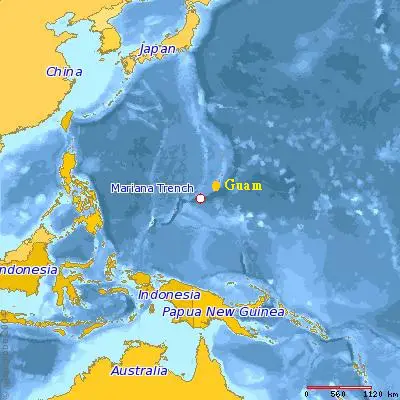SAL Heavy Lift announced about that it will expand its fleet by adding three heavy lift vessels that will have a lifting capacity of 800t in 2020. Those vessels will serve the clients of breakbulk and heavy-lift through SALs which is popularly known as Semi-Liner Service however it will also provide with new service options.
With the addition of the three vessels, SAL aims to makes its semi-liner service stronger. It will also make SAL one of the leading company in the heavy lift and project cargo segment.
The new vessels will also follow the traditional categorizing of vessels at SAL and thus they will join the fleet as type ‘171’.
The design of the vessels is that of type P1. They are equipped with two 400t SWL cranes with the capability of lifting about 800 tonnes is tandem along with 120t SWL crane. They will offer service to the clients along the key trade lines of SAL which is between Europe and the Far East. However, it will also offer services in the recent introduction of SAL’s Africa service.
Karsten Behrens, Director, SAL Engineering said, “The Type 171 vessels come with certain technical features such as ice class E3, equivalent to Finnish/Swedish 1A – amongst the highest in the industry.”
The ships can also operate in the Arctic region. SAL will also provide transfers on the Northeast path whenever possible.
Karsten Behrens continued, “The vessels also have very high crane pedestals which provide a much greater lifting height, in fact amongst the best in our fleet. In combination with the strong hydraulic hatch covers and large box-shaped holds with multiple tween deck configurations, it gives us an array of options when taking break bulk cargo onboard.”
Sebastian Westphal, CTO, SAL Heavy Lift added, “The vessels are, as the rest of our fleet, equipped with reliable high-quality machinery. With cranes from TTS-NMF, main engines from MAN and MacGregor hatch covers, the vessels are built with equipment with which we have tremendous experience. Despite obvious design differences with our other vessels the Type 171 will be reliable work tools in our fleet and will add value.”
The fleet of SAL is getting strong at a time when a large part of its current fleet is engaged in projects related to renewable and oil & gas.
Dr. Martin Harren, CEO, SAL Heavy Lift said, “I am very happy that we have been able to add these vessels to our heavy lift fleet. This way SAL will be able to service clients who may at times look for ships that can take larger volumes of cargo in combination with heavy lift items. With SAL Engineering providing the engineering solutions and our SAL crew manning the vessels, we continue to offer our well-known SAL quality and know-how, but on a larger scale – something that I am sure clients, both new and existing, will come to appreciate.”
The vessels that are scheduled to join the join the SAL fleet in Q1 2020 are “MV Hanna”, “MV Klara” and “MV Lisa”. The names of these vessels represent the family members of the former owner, Heino Winter Group that will be handling the technical ship management of these vessels.
Dr. Martin Harren concludes: “We have a long-lasting relation with the Winter family, and I am happy to see their continued involvement with these three ‘large ladies’.”
The other details and information about the vessels like the specific take over dates can be found on the website of SAL.
Reference: SAL
from WordPress https://www.maritimemanual.com/sal-welcomes-three-heavy-lift-vessels-with-800t-capacity-to-its-fleet/
 Collaborative Operations Center infrastructure that keeps a check on the performance of ABB technology on board and also connects the operators with experts of ABB.
Collaborative Operations Center infrastructure that keeps a check on the performance of ABB technology on board and also connects the operators with experts of ABB.